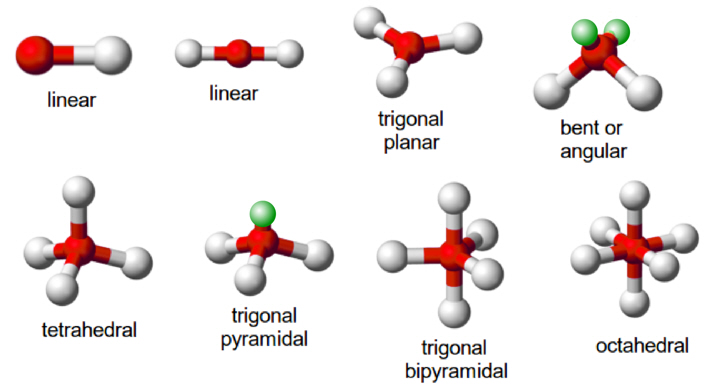Chemical Bonding and Shape of Molecules


Before understanding about collision theory, we need to learn as to how chemical reactions take place. We know that for a chemical change to occur, the breaking of pre-existing bonds and the formation of new bonds is required. It is sure that the breaking of bonds should take place by the collision of molecules. The theory discussing just this is, you guessed it, Collision Theory.
In a given volume of the reacting system, a large number of collisions take place in a given interval of time. For simplicity, the total number of collisions that takes place per second in given volume of the reacting system is called collision frequency.
We can infer from common sense that greater the collision frequency, greater the rate of reaction. Nevertheless, all the collisions that occur in the reacting system are not "effective collisions". If all the collisions would be effective, chemical reactions would be completed in fractions of second. The impact of collision frequency in the rate of reaction can be explained on the basis of various factors.
So, the various factors mentioned earlier changes the "effectiveness" of collisions which in turn changes the rate of chemical reaction. The various factors influencing these changes are:
A. Energy Factors
Only those collisions which occur with sufficient amount of energy are effective collisions. The minimum amount of energy that must be associated with the reactant molecules to give products by crossing the energy barrier is called threshold energy. Those molecules which lack threshold energy can not give products although they have good agreement of collision frequency.
B. Orientation Factors
High degree of collision and sufficient amount of energy possessed by the reactant molecules are still not enough for successful product formation. The most important factor is the orientation factor. nice. When molecules are properly oriented, rearrangement of atoms in a chemical reaction takes place with minimum expenditure of time and energy. Orientation factor is also called steric factor or probability factor as we can not exactly know which of the collisions will be perfectly aligned. All this is a game of chance.
Although the collision theory is simple and fun, it is only satisfactory for gaseous reactions. This theory also does not tell us about intermediate product formation. That's it! Simple, right?